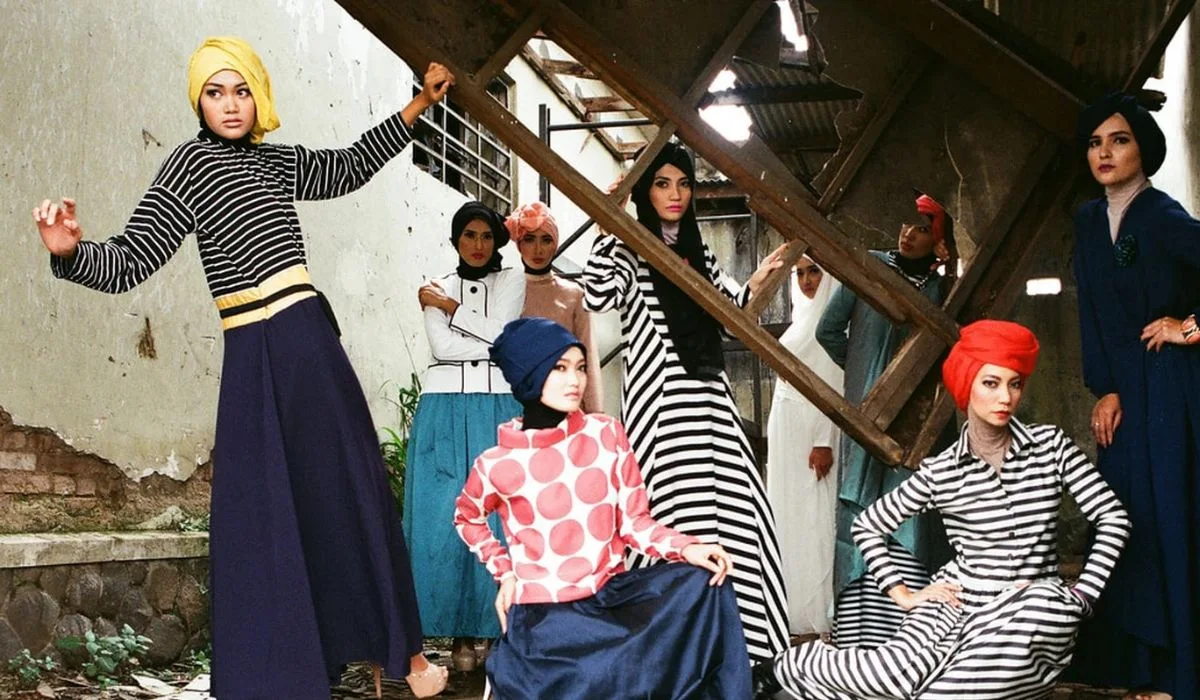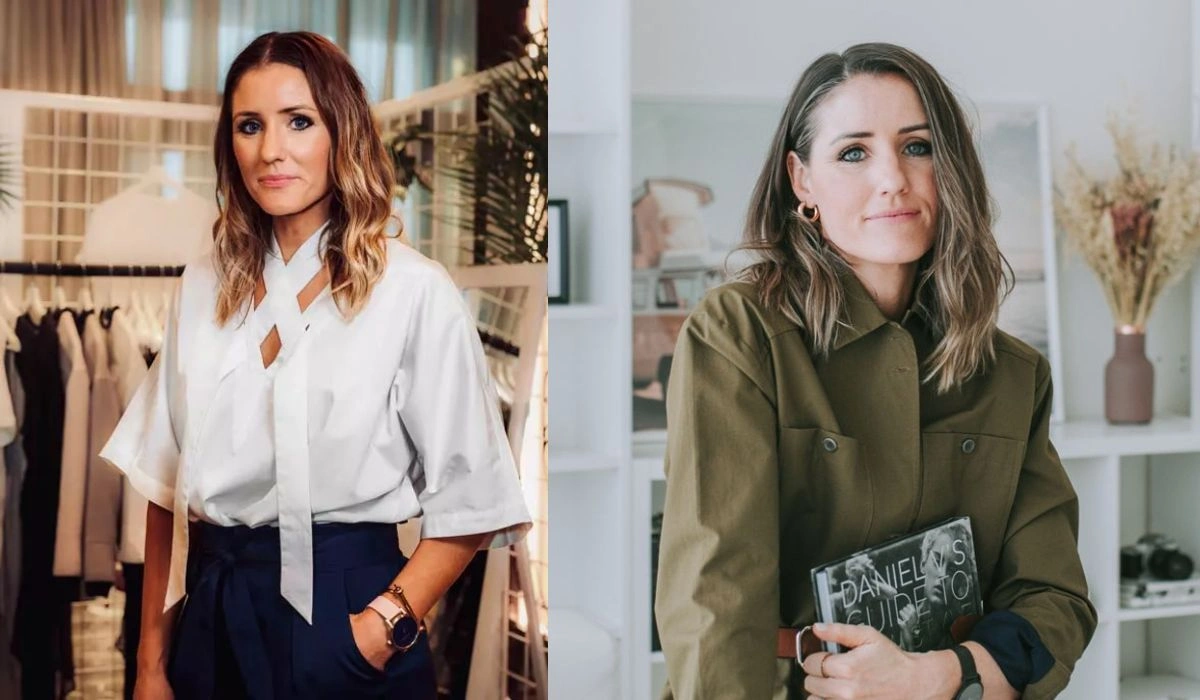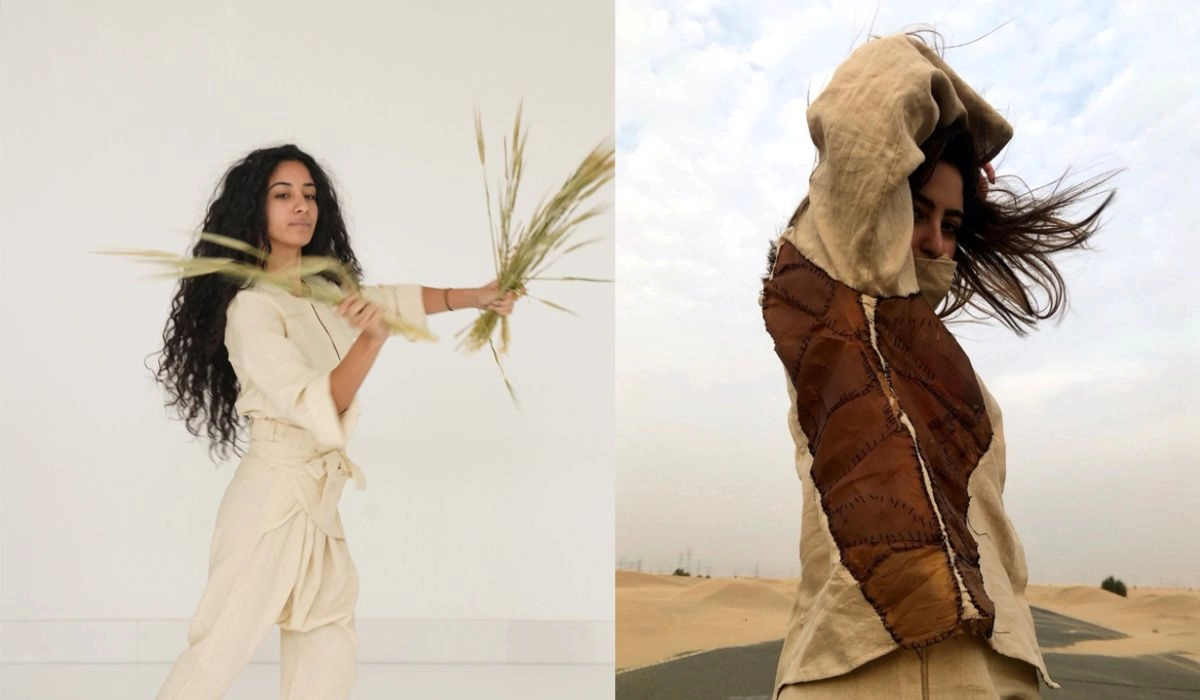Lifestyle
How The Middle East Can Save Fashion? Lets Gets Know

“It’s the end of fashion as we know it,” sirened Li Edelkoort, a globally renowned trend forecaster, in her annual presentation at Design Indaba in Cape Town. Many other industry experts agree. Driven by consumerism and fast fashion retail giants, there’s a growing need to churn out endless trends to fill the racks with disposable novelties, and it’s overpowering the essence of creative design.
We are continuously bombarded and bombarding ourselves with noise. Wearing different outfits every day has been preached as a cure-all by editors, bloggers, and style icons as we struggle to hear our own voices. And from the myriad of scattered messages, the age of vanity has surged, manifesting itself through a #selfie obsession.
Creating an elevated image of ourselves has driven generation ‘like’ to lose touch with the true needs of the community. But there is still a glimmer of hope, as this is the Middle East’s chance to make a global impact, take this as an opportunity to revive the world of fashion and transcend its current limitations.
Local Talent Like Deborah Henning
We all know that there are talents like Deborah Henning is there in the middle east, but also we know that the Middle Eastern consumer feeds into high-end fashion, and without us, the whole system could’ve collapsed. But just as we help to sustain it, we can give birth to a new system. Become the consumer and the catalyst, inducing a movement, even a revolution of some sort. We have the depth as a community to achieve this.

Places like Lebanon, Egypt, and the UAE are incubators of rich culture, inspiring history, and unfathomed talent. Dubai and Abu Dhabi, for example, prove how much we can achieve and how far we can reach when we work together as a society.
People come here from all around the world in search of a new adventure, a source of inspiration, and are open to new challenges and experiences. In short, people come here to pursue their dreams. This is the new land of opportunity.
But creatives and artisans are under tremendous pressure as the industry has become governed by greed and not by vision. They’re designing to be pinned, liked, or followed, rather than focusing on their craft and honing their sense of innovation. Throughout history, creative arts and their expression have always elevated the human spirit and challenged the status quo, so why stop now?
We need to relieve ourselves of such pressure to conform and put our finger on the true pulse of society. We need to go back to our roots: in both culture and fashion.
Importance Of Textiles In the Fashion Industry
Textiles are the single most important thing to learn in this industry. It’s a science within itself. It serves as the building block of all garments and ties together multiple creative disciplines. A major textile can be the spokesperson of a region and its current triumphs, and a signature piece is all it takes to make a global impact.

Chanel’s LBD, Dior’s New Look, and even DVF’s printed wrap dress are all examples of iconic pieces that earned their title by tapping into the needs of their respective periods rather than being created in a vacuum.
So what will the next chapter bring? How can we work together in teams and groups to deliver an impactful message, amplified through a sense of desire and vision?
The Met Gala in New York looked to the Far East this year for authentic inspiration, highlighting Chinese imagery, and displaying how it fueled imagination for centuries. I can see a similar homage being paid to our region in the near future.